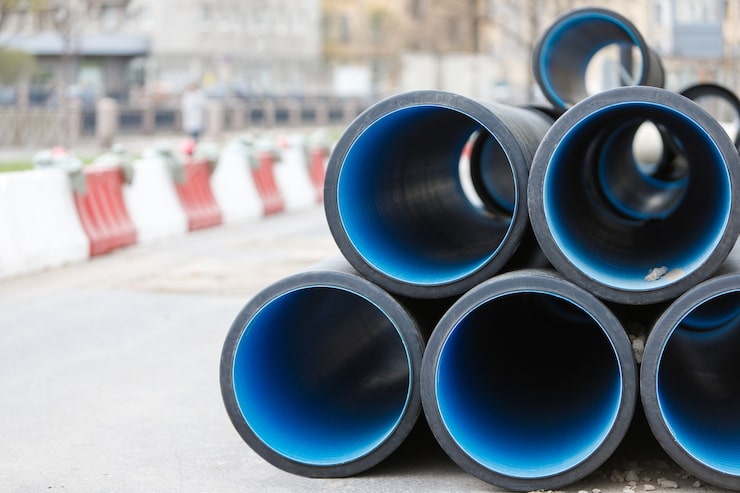Pipe extrusion is a specialized manufacturing process used to produce continuous lengths of plastic pipes with precise dimensions and consistent quality. It is one of the most common and efficient methods for fabricating plastic pipes used in a variety of industries including water supply, gas distribution, irrigation, sewage management, and industrial fluid handling. This process involves melting raw plastic material and shaping it through a die to form hollow cylindrical pipes. Understanding what pipe extrusion is and how it works is essential for professionals involved in plastic manufacturing and those interested in the technical aspects of pipe production.

At its core, pipe extrusion involves the transformation of plastic pellets or granules into a molten state, which is then forced through a pipe-shaped die to form continuous tubing. The process typically begins with the selection of high-quality raw materials such as polyethylene (PE), polypropylene (PP), polyvinyl chloride (PVC), or other thermoplastic polymers. These materials are chosen based on the intended application of the pipes and their required mechanical and chemical properties.
The raw plastic resin is fed into an extrusion machine, which consists mainly of a heated barrel and a rotating screw. The screw continuously pushes the plastic pellets forward while the barrel’s heating zones gradually melt the plastic to a viscous molten state. Maintaining precise temperature control during this stage is critical to ensure uniform melting and optimal flow characteristics of the plastic melt. The temperature must be high enough to fully melt the resin but not so high as to degrade the polymer chains, which could compromise pipe quality.
Once the plastic is melted, it passes through a pipe die, which shapes the material into a hollow cylindrical form. The design of the die is highly specialized to control the pipe’s outer diameter, wall thickness, and surface finish. Any imperfections or misalignments in the die can lead to defects such as uneven walls or surface roughness, so die maintenance and engineering are crucial for quality production.
After exiting the die, the newly formed pipe enters a vacuum calibration and cooling system. This system uses vacuum pressure to hold the pipe firmly against a calibrated sleeve or mold, ensuring the pipe maintains its precise dimensions as it cools and solidifies. Cooling is typically performed using water tanks or spray systems that quickly reduce the pipe’s temperature, locking in the shape produced by the die.
The pipe is then conveyed to a cutting station where it is cut to specified lengths using automated saws or cutters. Marking and printing stations may follow, applying identifying marks such as size, material grade, production date, and quality certifications. These markings are vital for traceability and compliance with industry standards.
Quality control throughout the pipe extrusion process is rigorous. Manufacturers regularly test mechanical properties such as tensile strength, elongation, impact resistance, and pressure ratings to ensure the pipes meet or exceed applicable standards. Dimensional accuracy is also continuously monitored using precision instruments to maintain tight tolerances.
Modern pipe extrusion lines increasingly incorporate automation and computerized controls. These technologies enable real-time monitoring and adjustments of process parameters such as temperature, screw speed, and cooling rate. Automation enhances production efficiency, reduces material waste, and improves product consistency.
Environmental sustainability has become a growing focus in pipe extrusion manufacturing. Many producers now prioritize energy-efficient equipment, recycle scrap materials, and use environmentally friendly additives to minimize the ecological impact of their operations.
In summary, pipe extrusion is a continuous process that converts plastic raw materials into high-quality hollow pipes by melting the polymer, shaping it through a die, and cooling it in a controlled environment. This process delivers durable, reliable, and precise pipes suitable for a wide range of applications. Its combination of efficiency, flexibility, and quality control makes pipe extrusion a cornerstone of the plastic pipe industry and a critical technology for modern infrastructure development.


